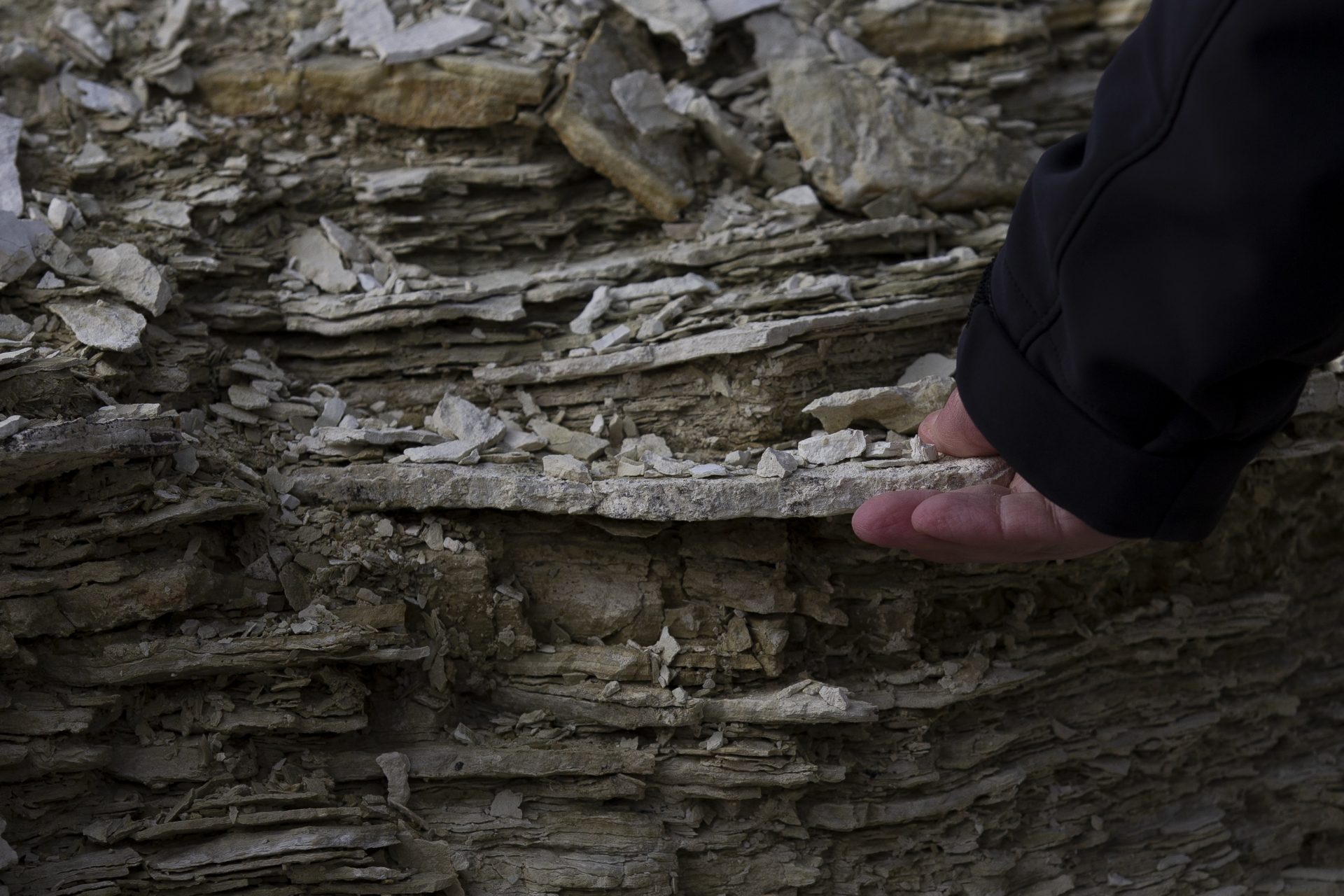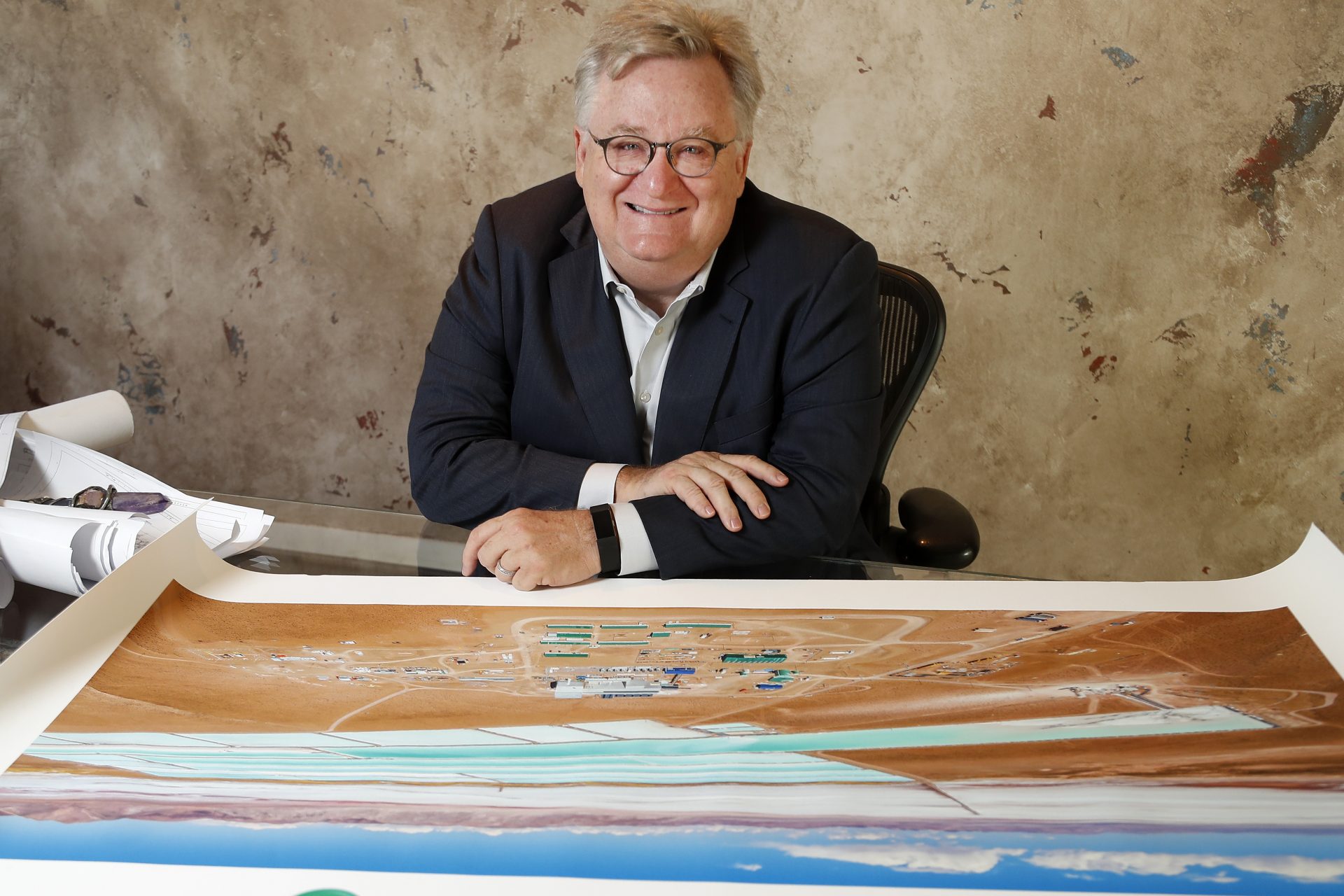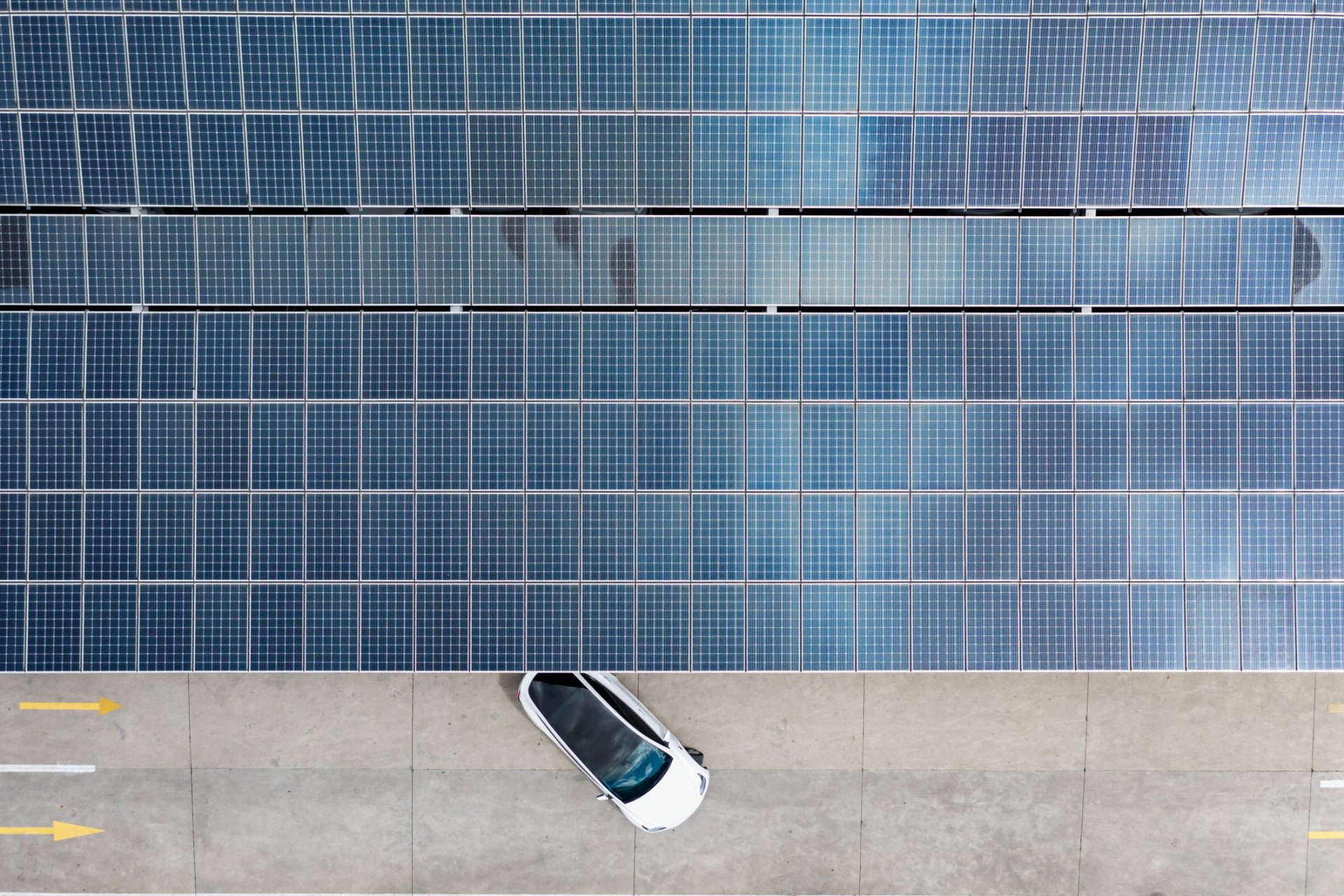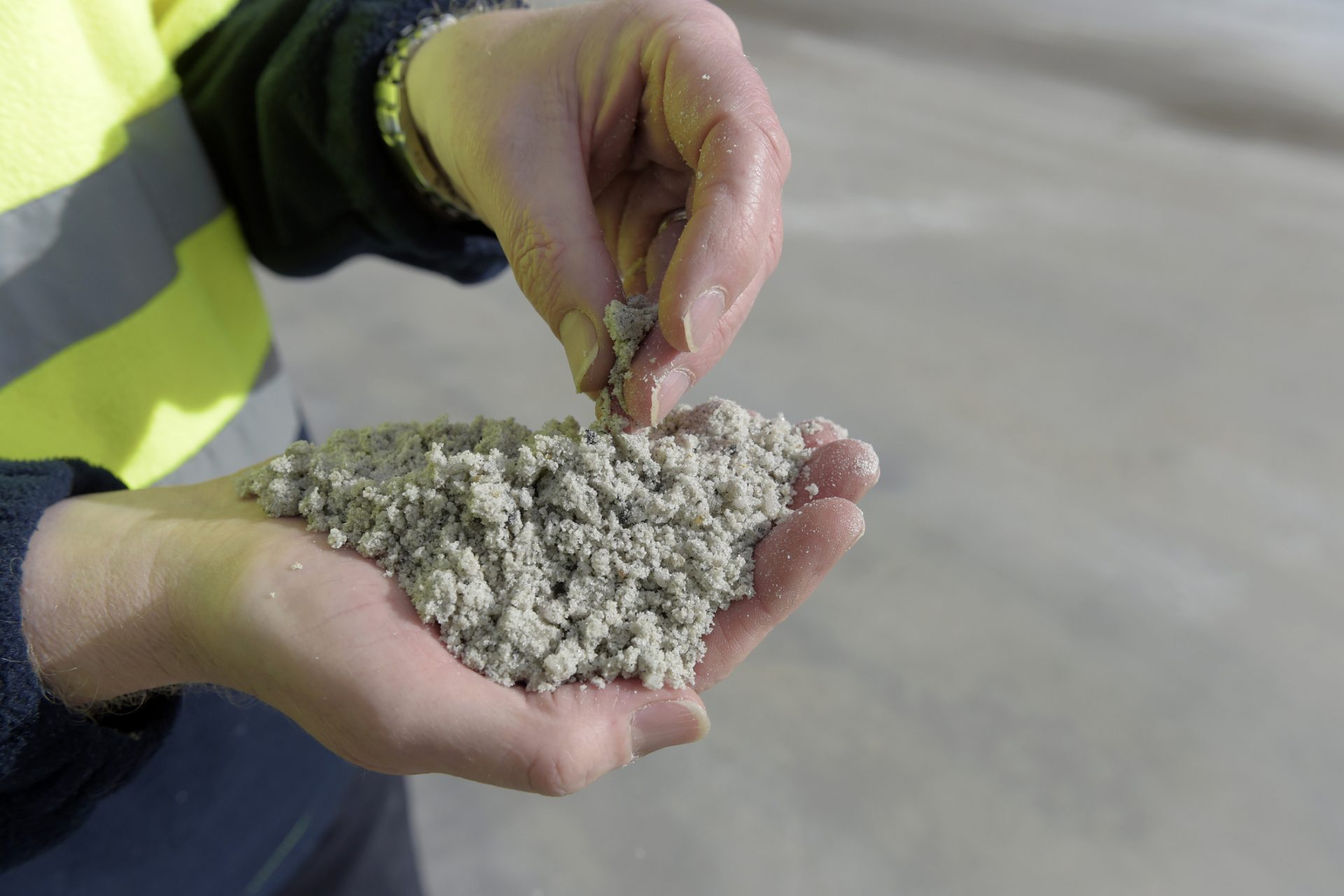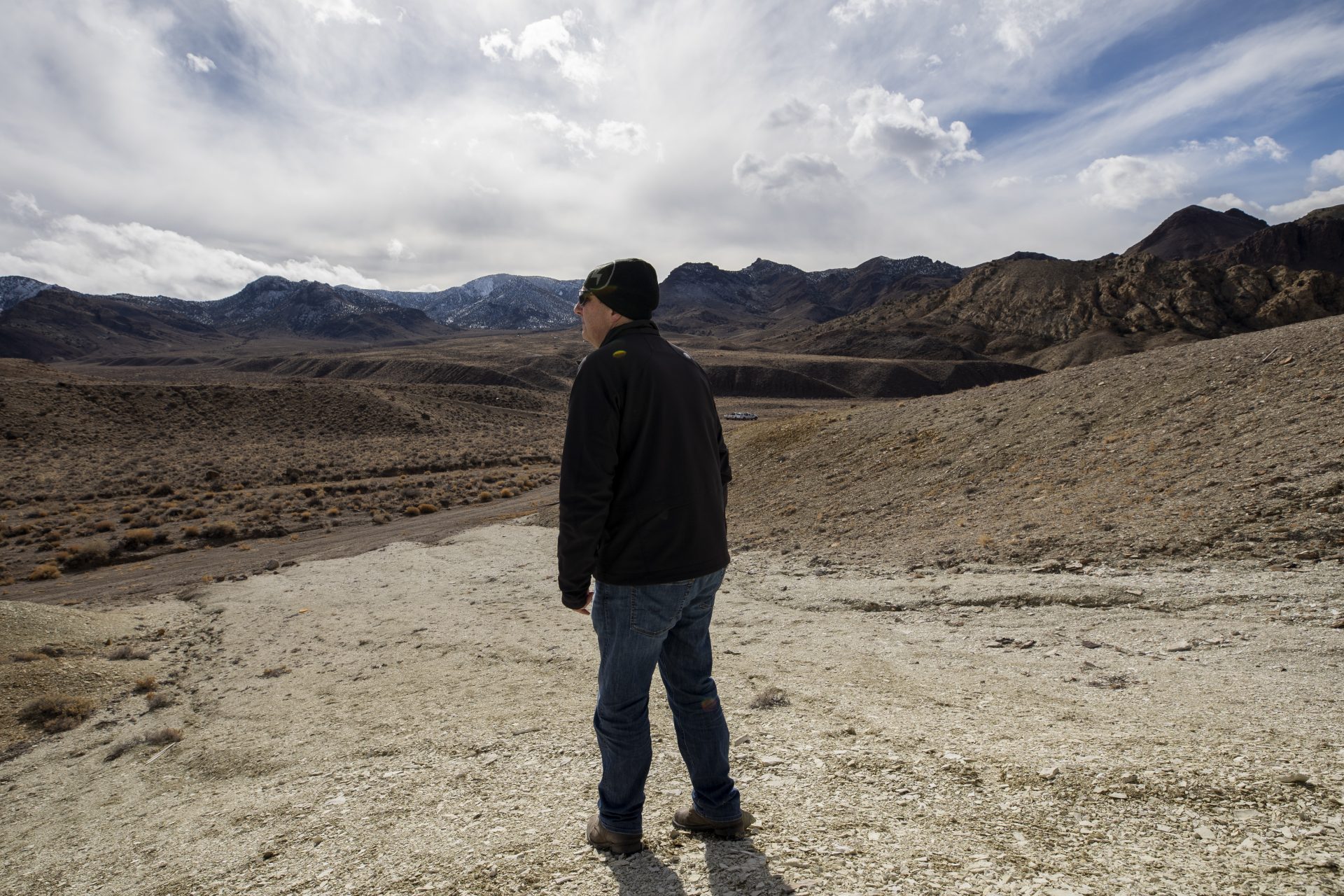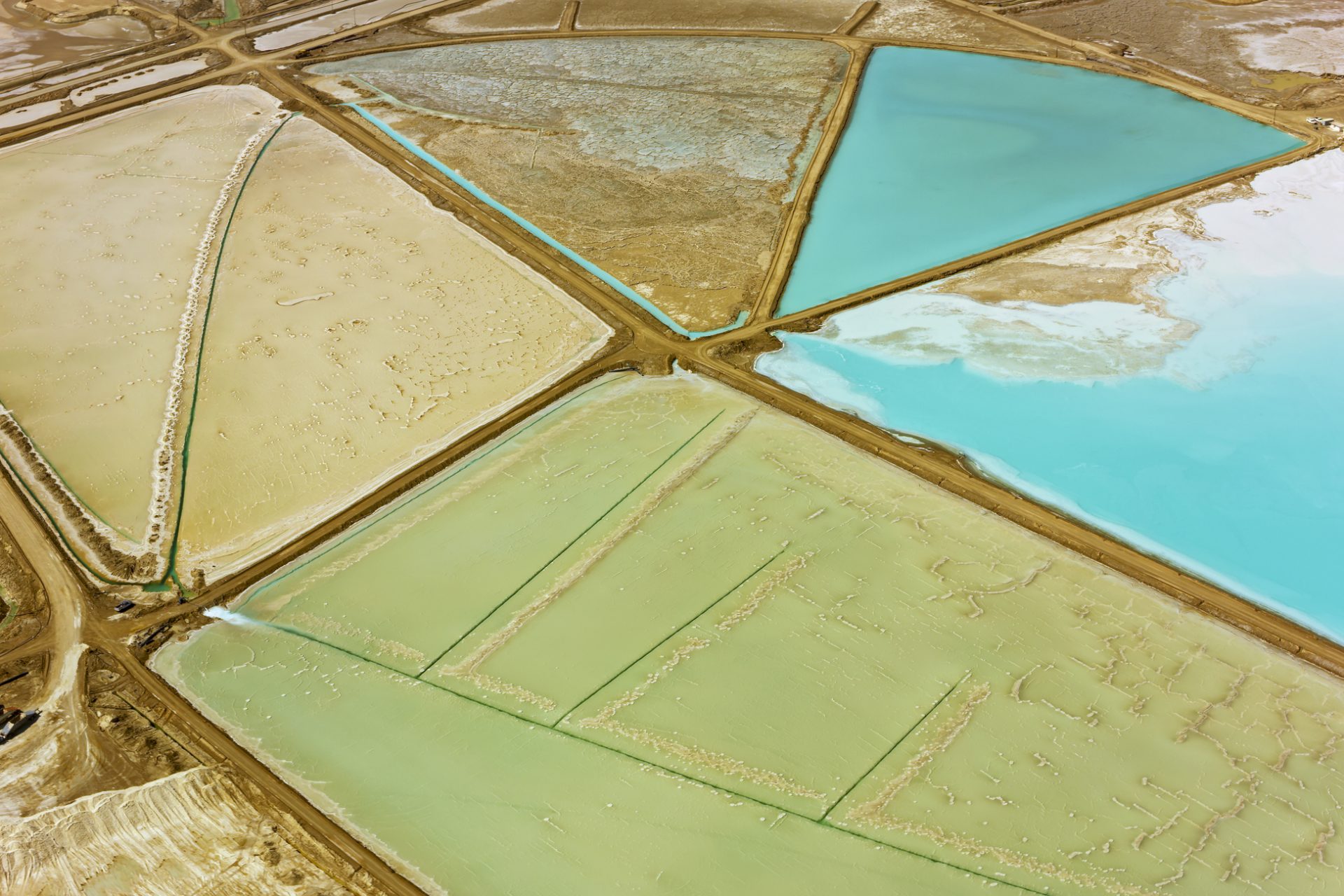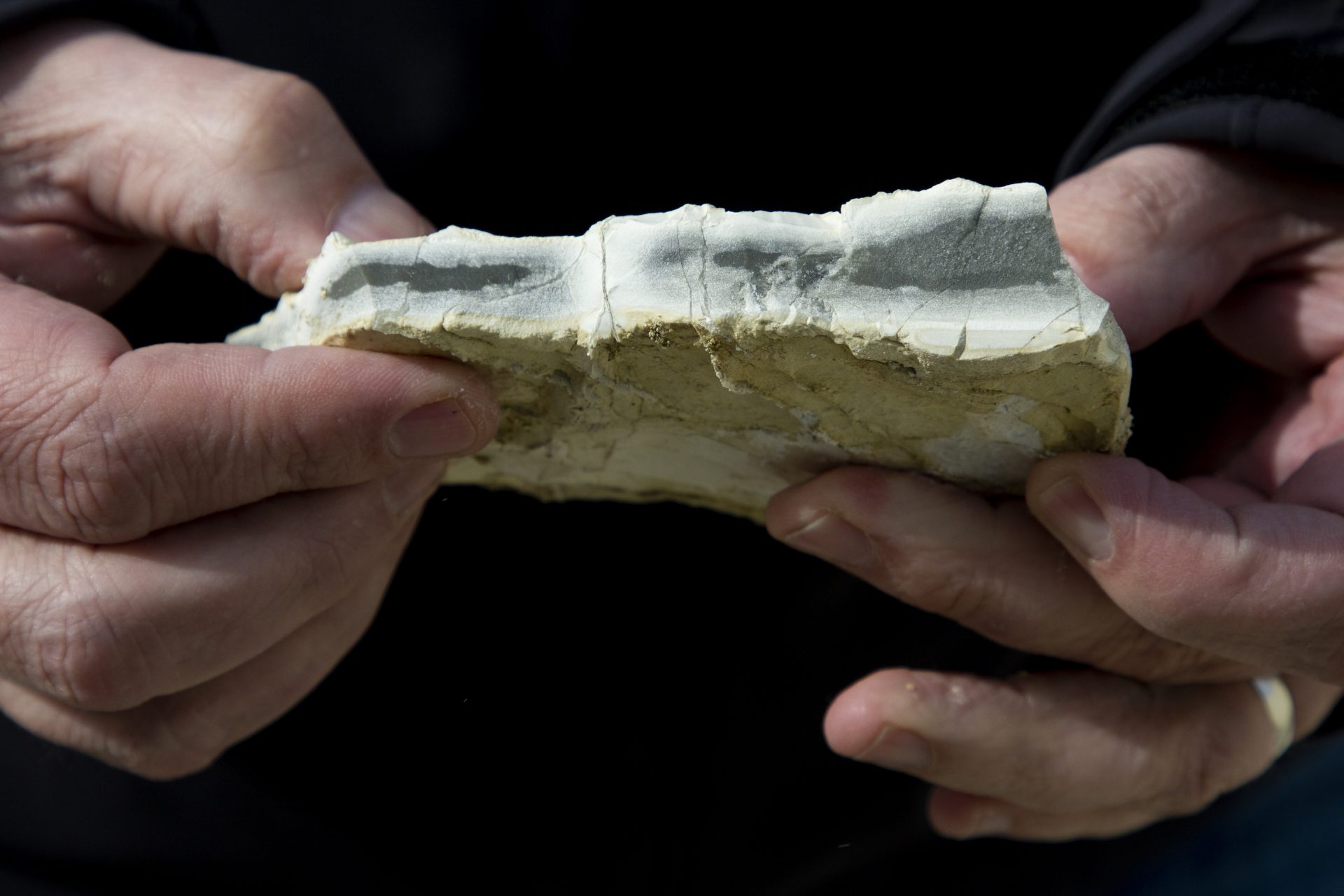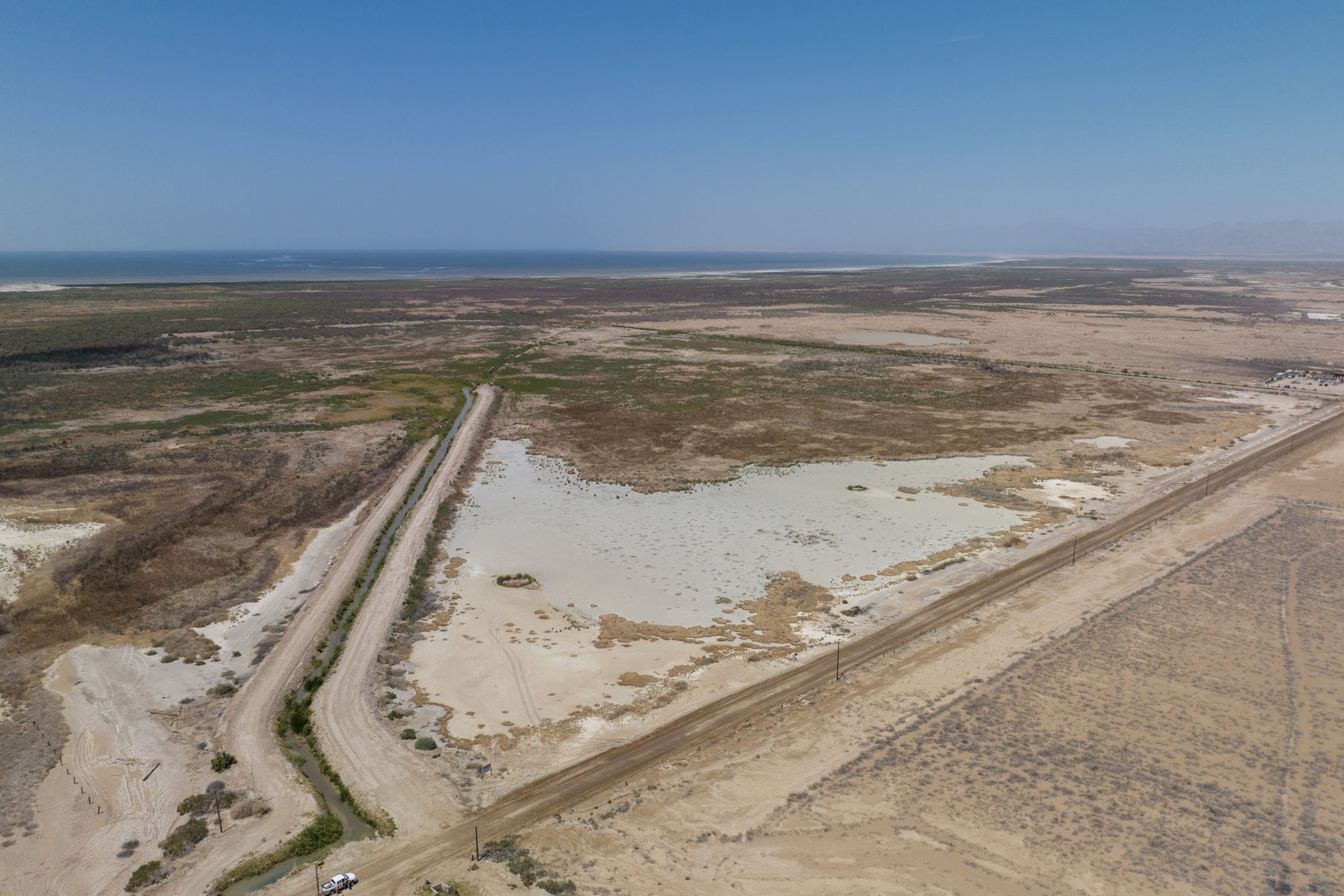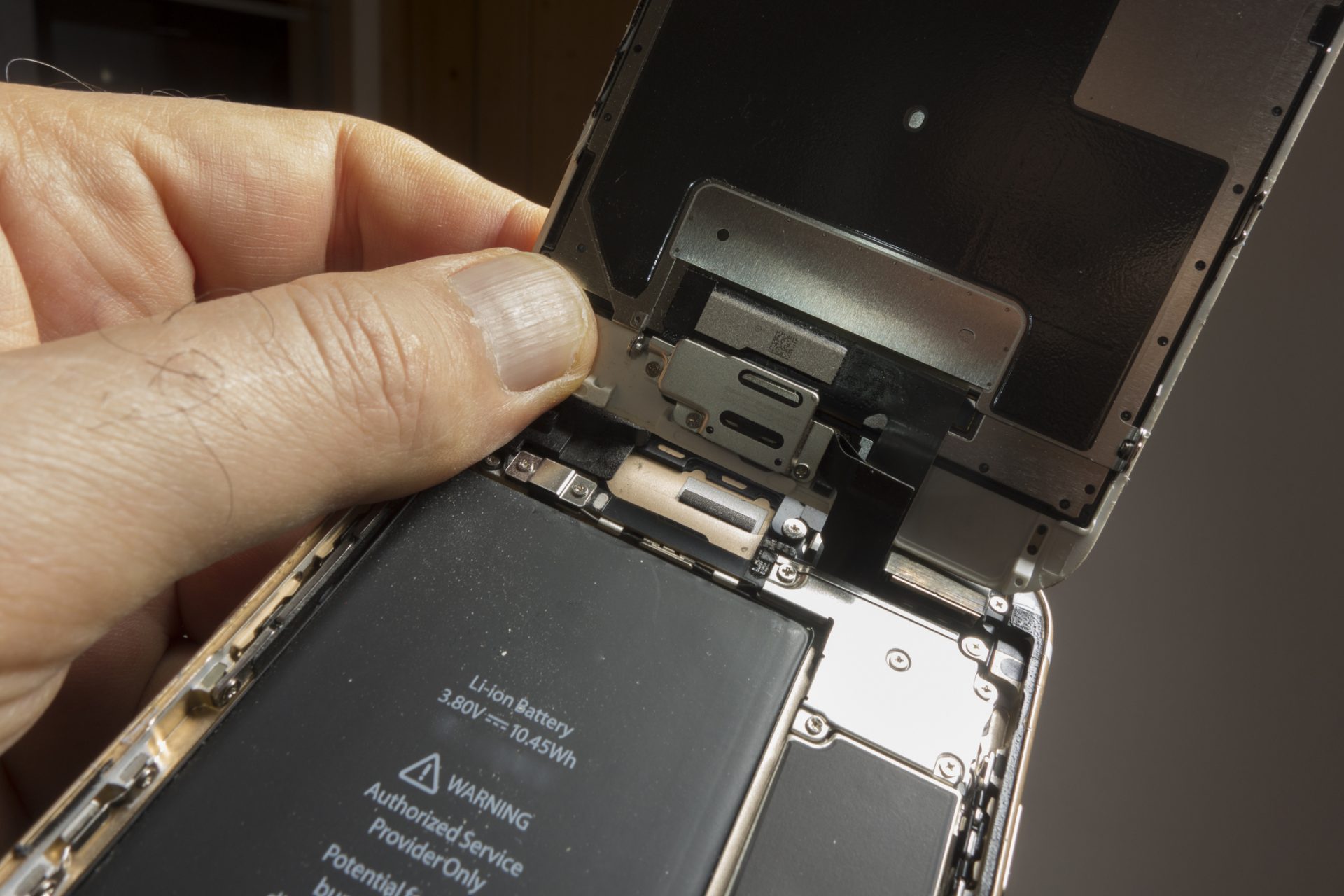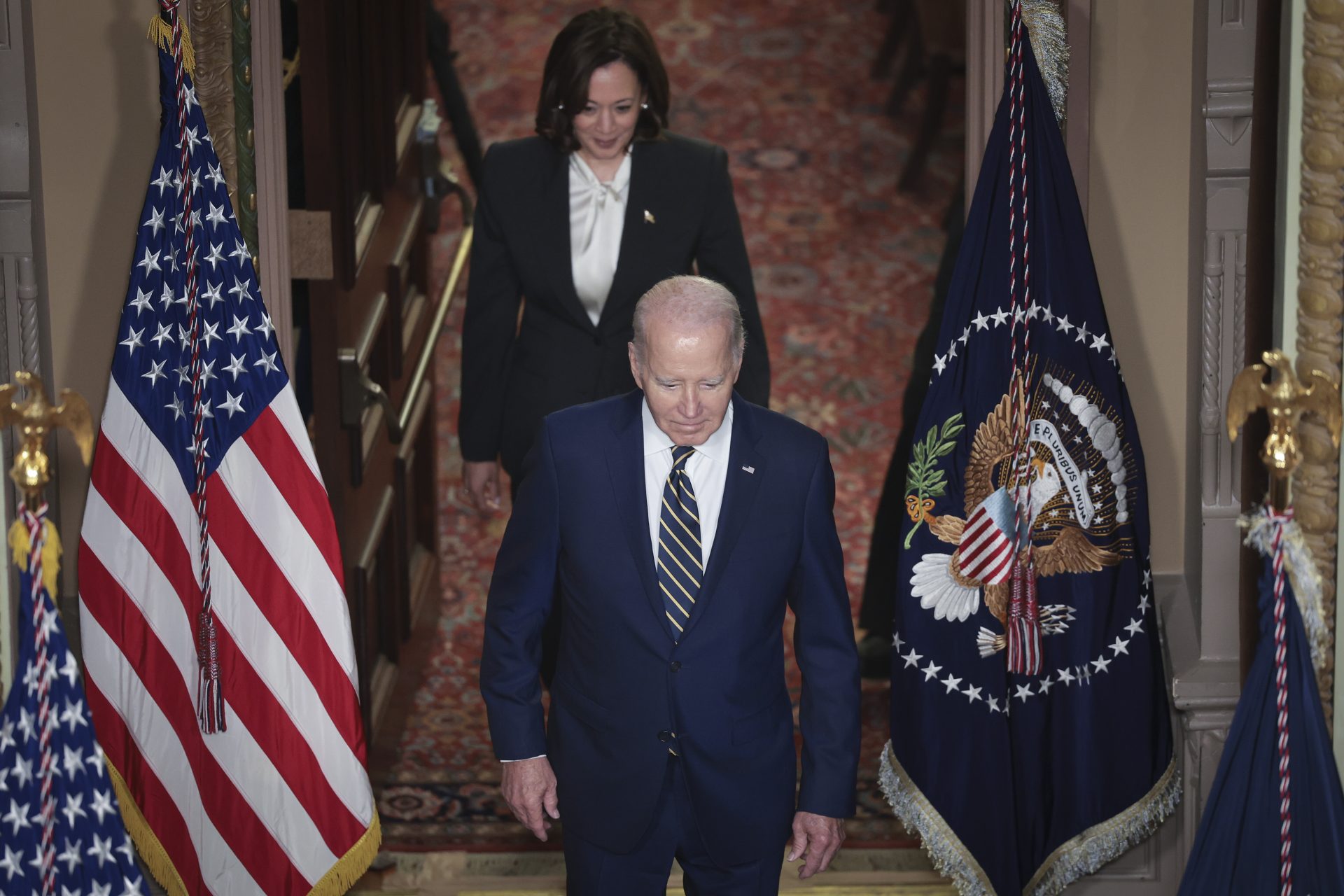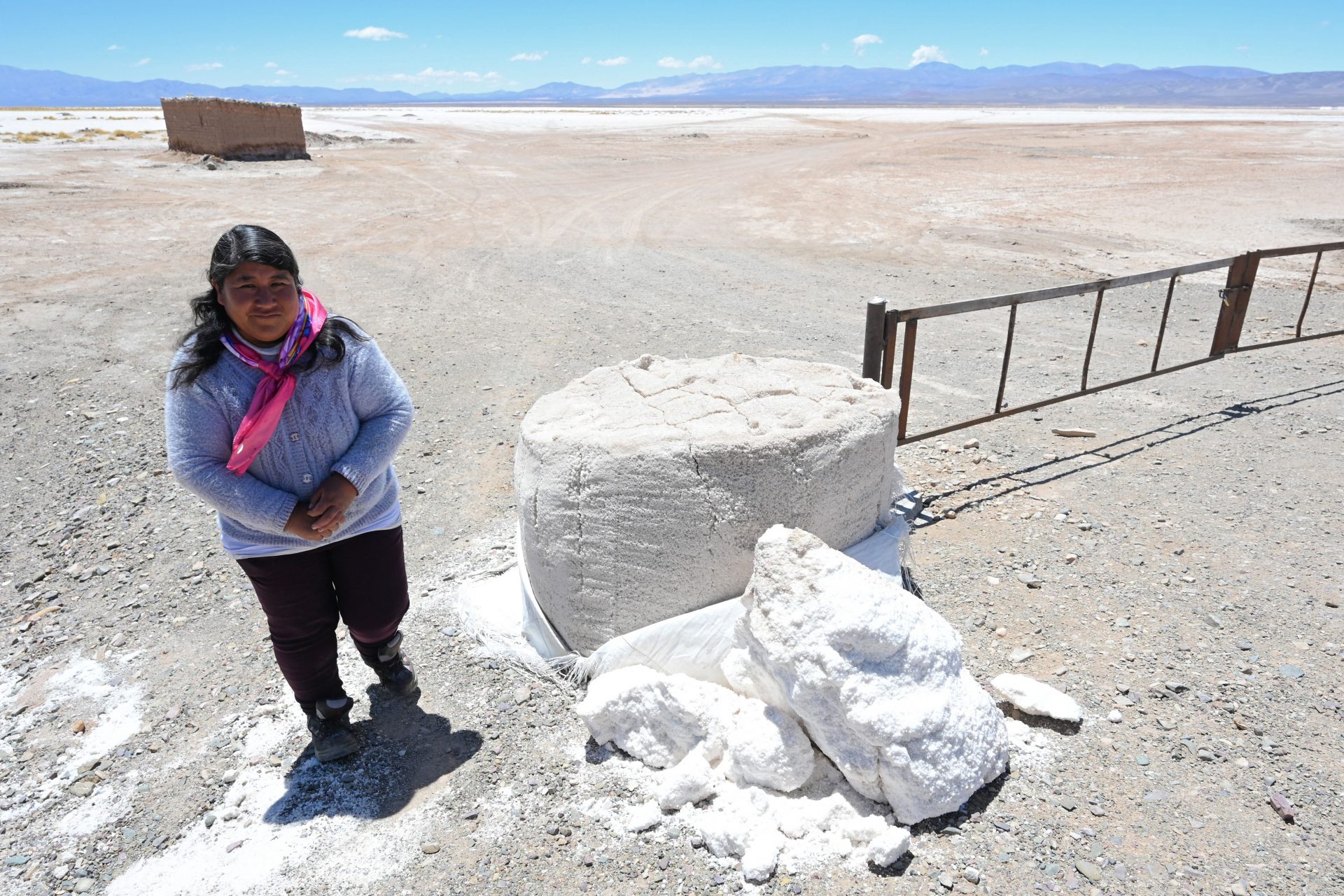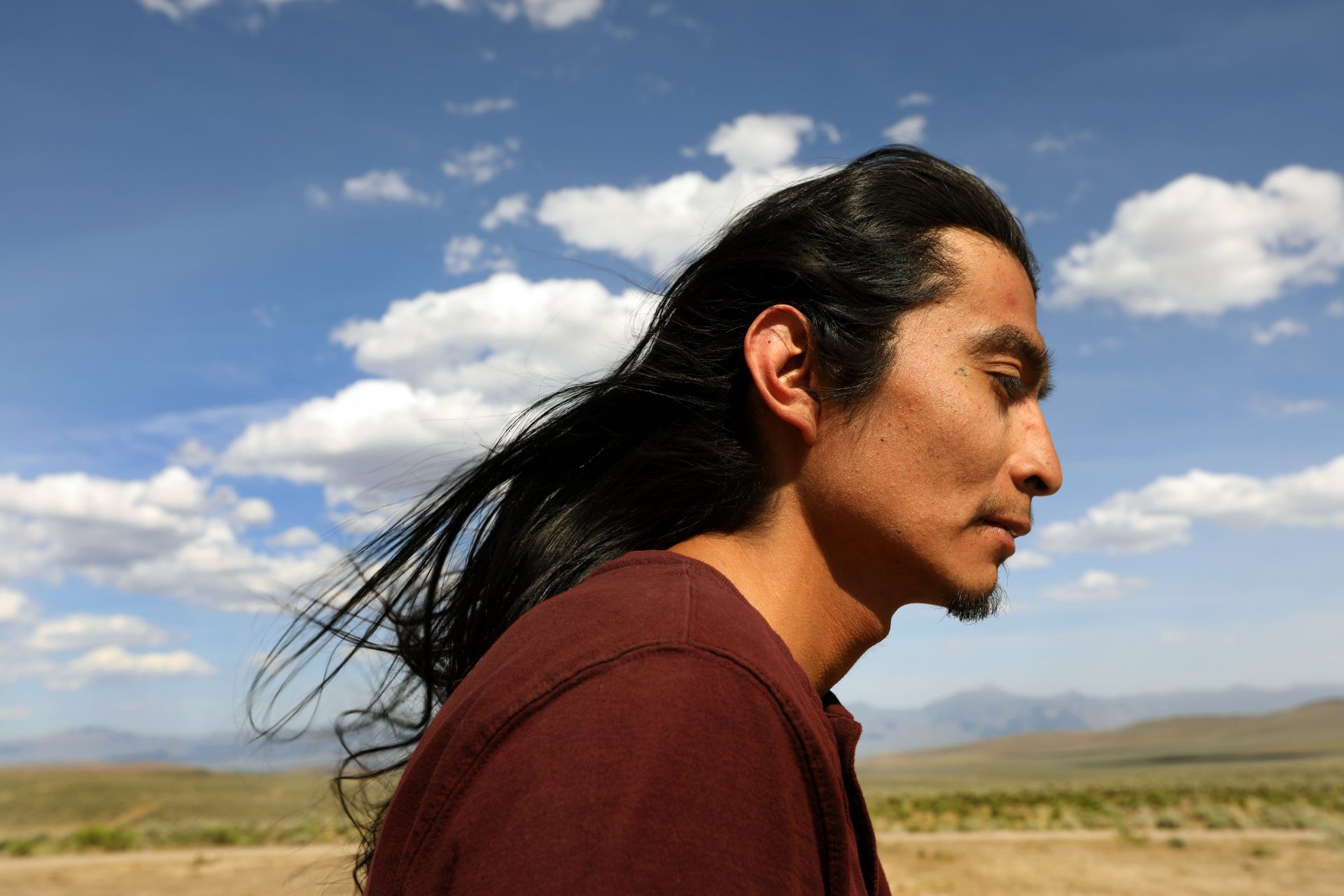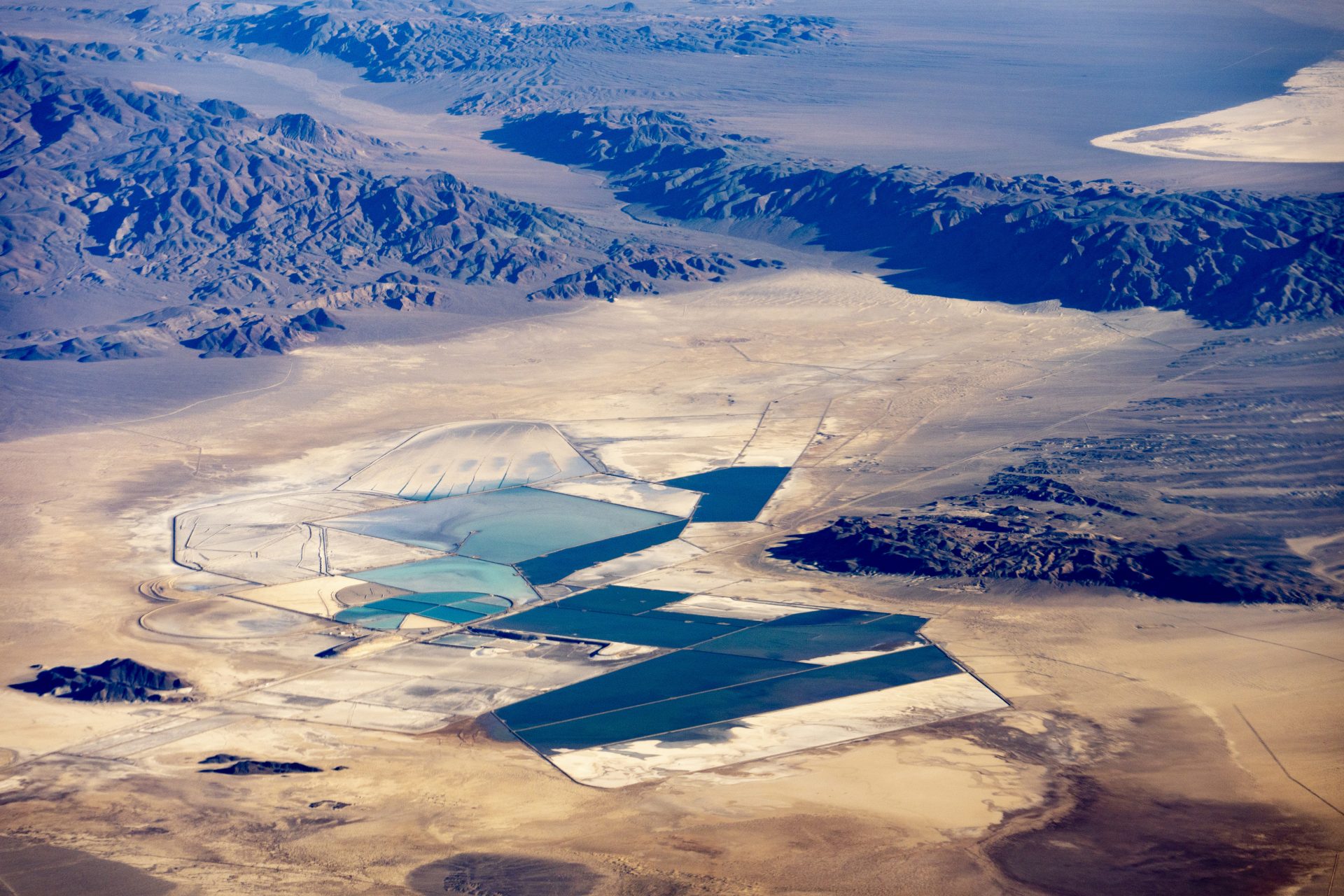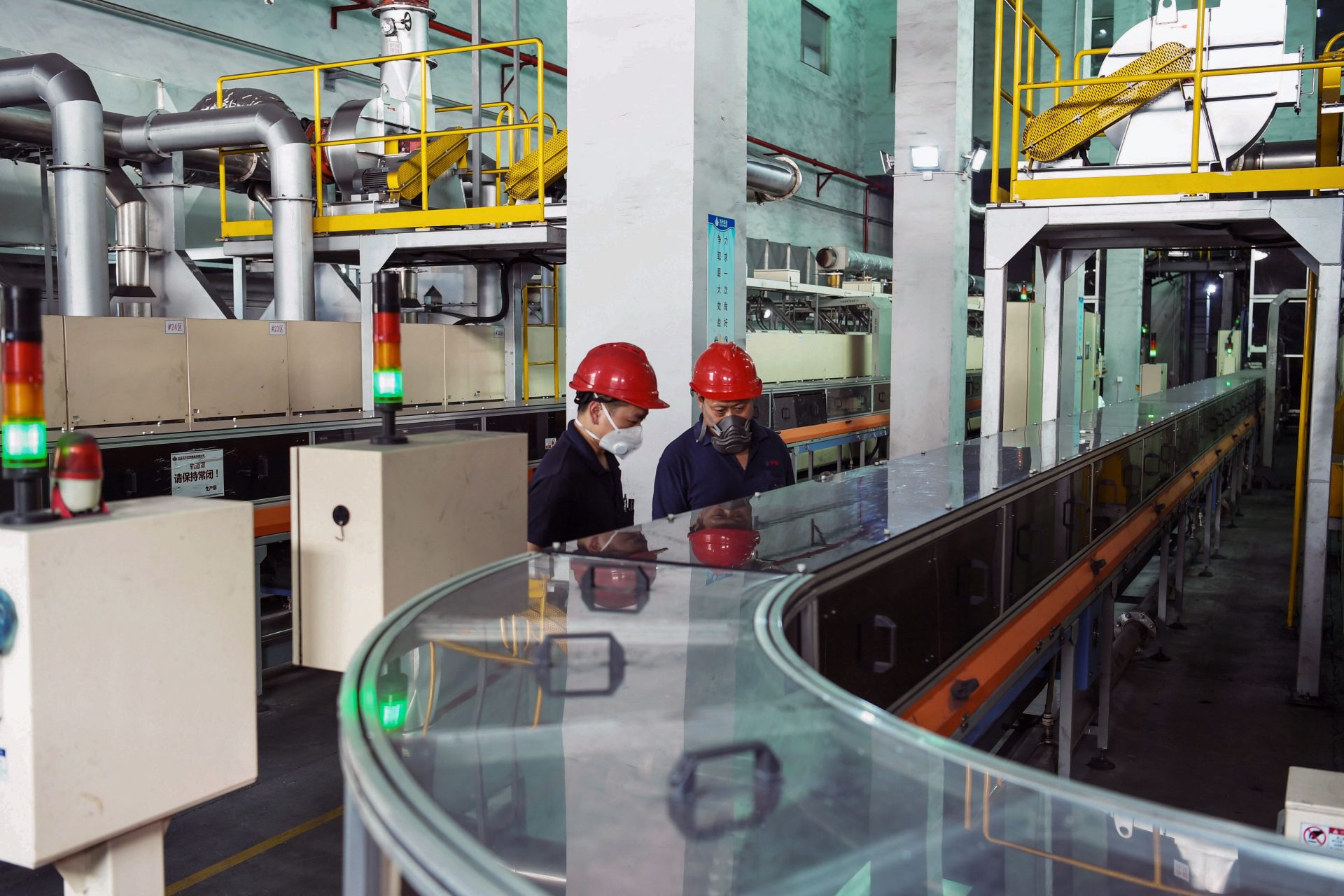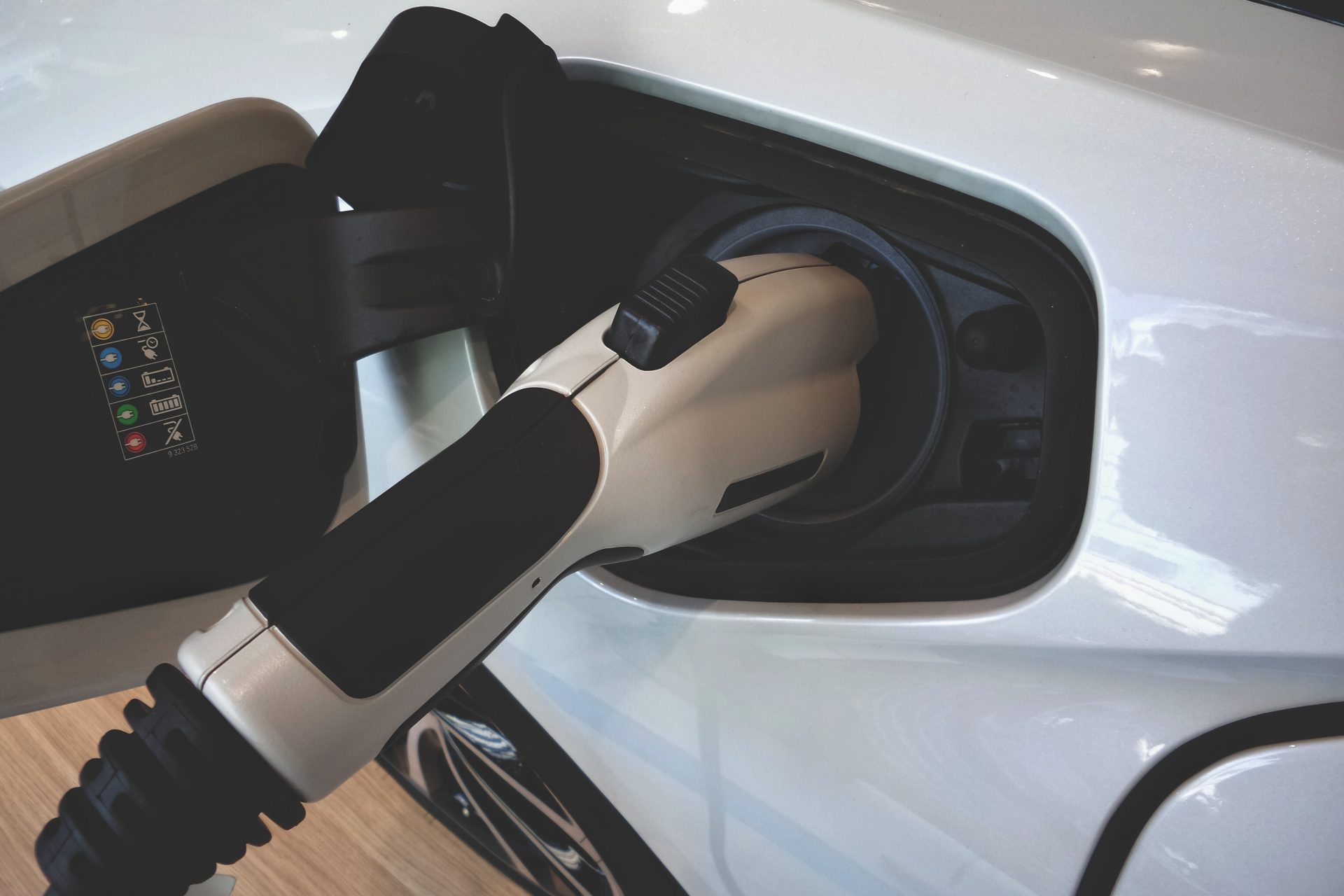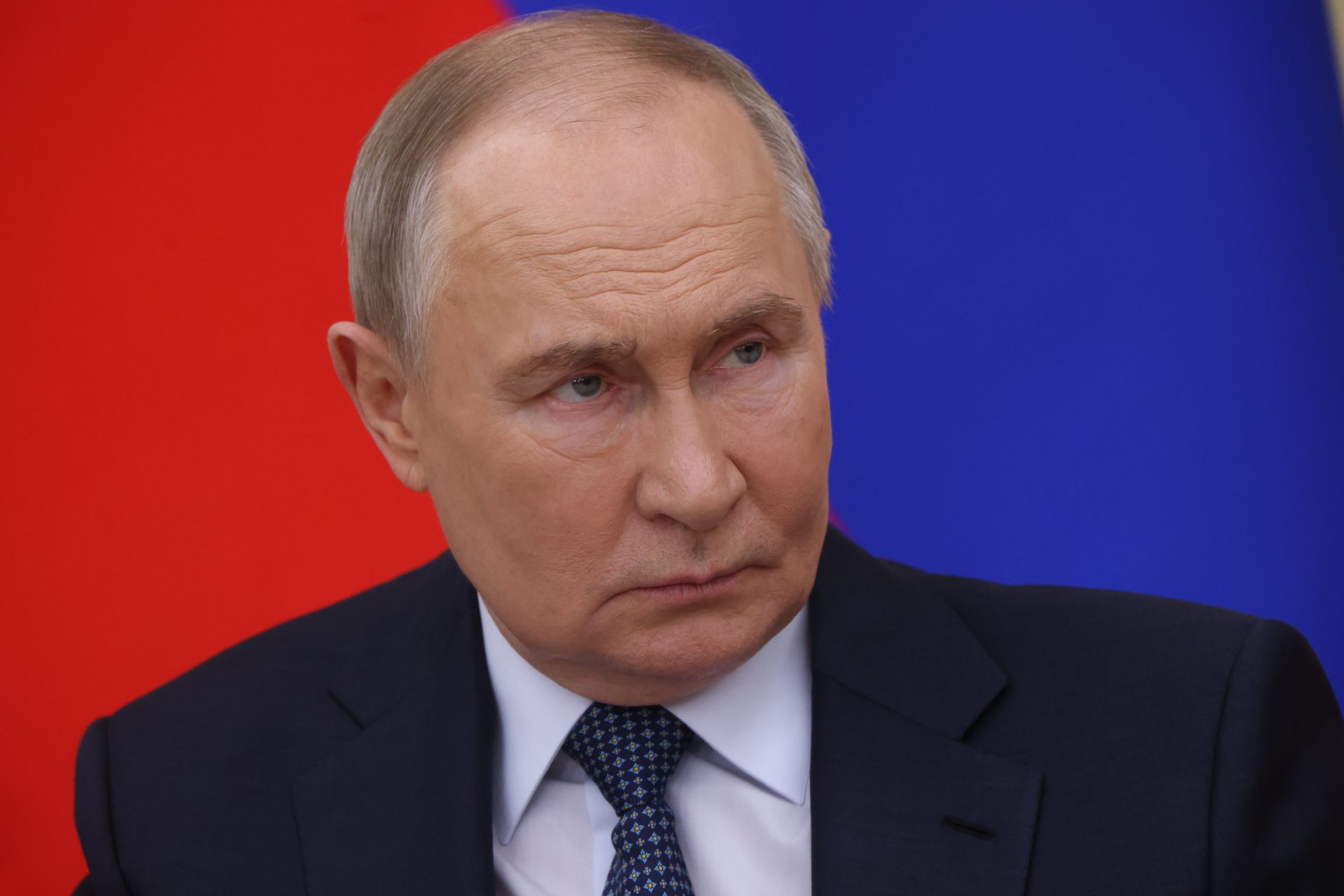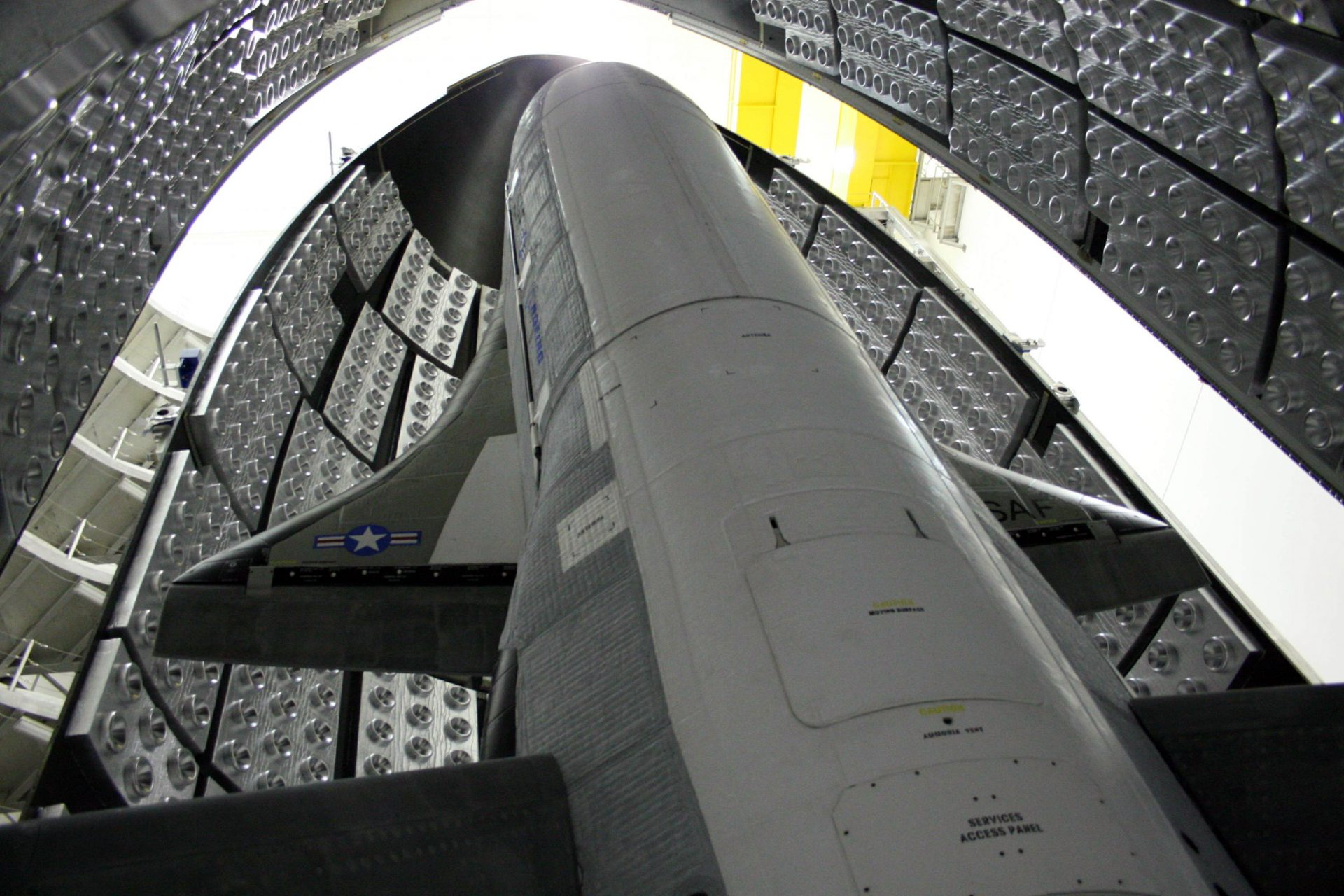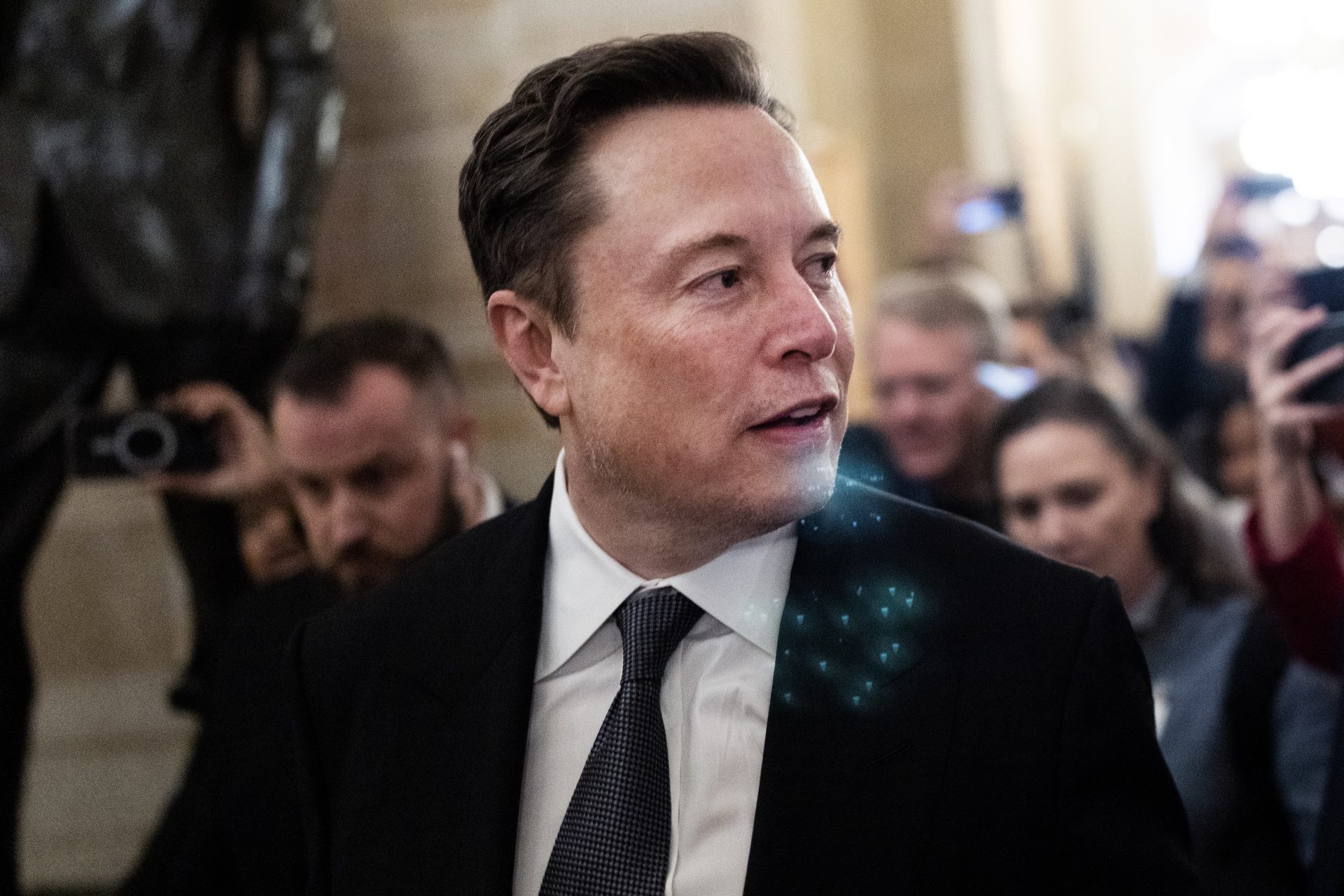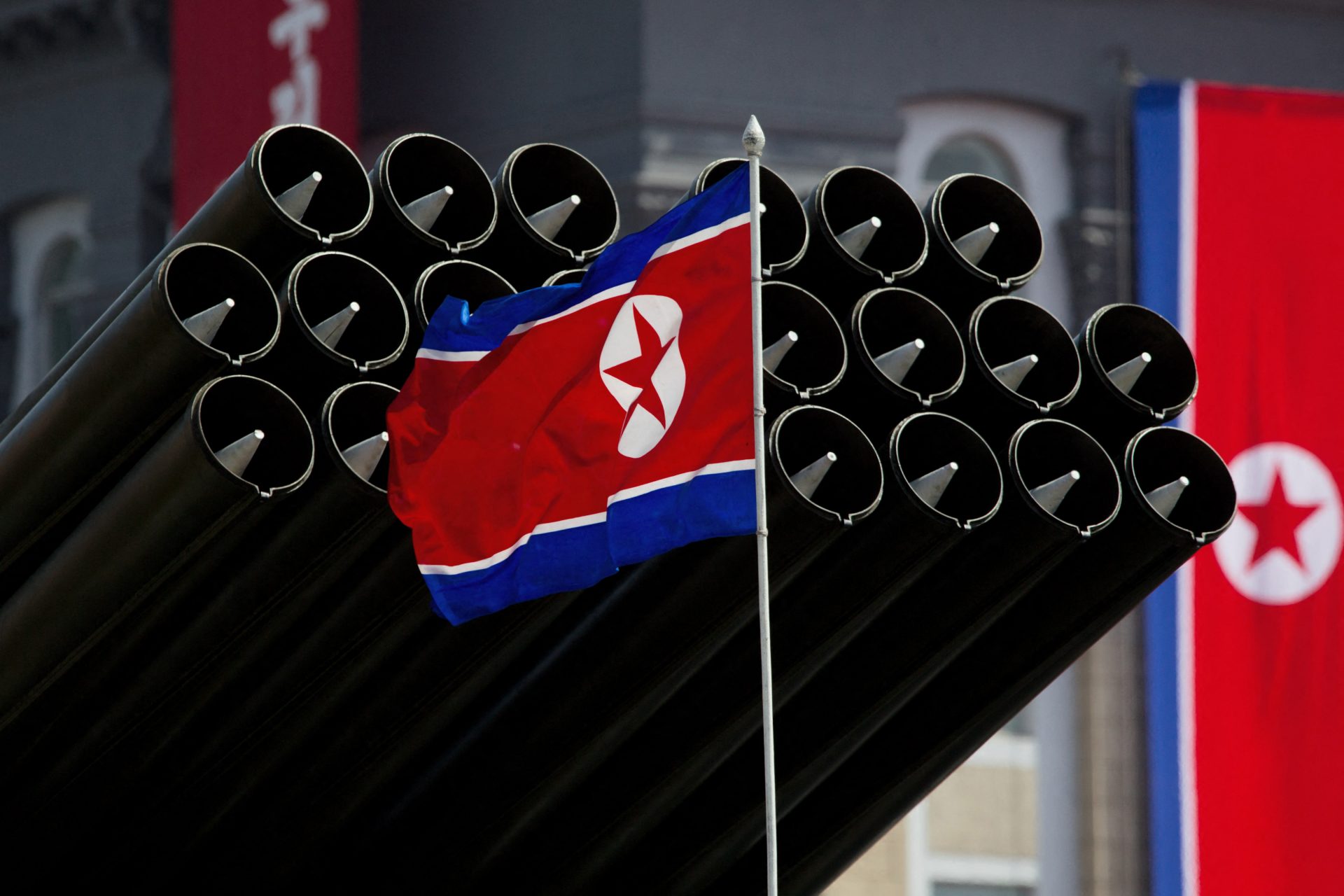Is the new lithium discovery in the U.S. a turning point for energy?
In a significant development in 2023, Lithium Americas Corporation announced the discovery of approximately 20-40 million metric tons of lithium located within a volcanic crater along the Nevada-Oregon border.
The global transition to green energy is going to require a lot of critical minerals in order to be successful and chief among the most important chemical elements needed in one known as lithium. But what makes lithium so important?
Lithium is kind of like the oil of the modern era. It is the key component of batteries that will power everything from your future electric vehicle to the smartphone in your pocket, and that usefulness is what makes lithium so important.
Without Lithium, the world that futurists and environmental advocacy groups envision is not possible because of lithium. This might be why Popular Mechanics called the critical chemical element ‘white gold’ and why it is in demand.
Lithium has become one of the most valuable commodities on the planet because of its potential to change our world. But unlike other resources, being used in our renewable future, lithium is limited to what we can find on Earth.
Luckily, our planet has an abundance of lithium littered all throughout its continents but there is a downside to lithium abundance. Much of the world’s lithium isn’t accessible and cannot be mined to help fuel the green revolution.
Popular Mechanics estimated that there were roughly 88 million tonnes of lithium on the planet but added that only about one-third of the supplies were minable by humans, and the issue is compounded by the time it takes to mine.
“In short, Earth is more than capable of supplying all the lithium we need,” wrote Darren Orf. “Getting it out of the Earth, on the other hand, is a whole different story,” and that is why the discovery of lithium in Nevada is important.
The United States hit what Atlantic Magazine called the “lithium jackpot” in Nevada and the discovery may be the largest deposit of the metal ever found. However, the find is more impressive for a much different reason.
A new study published by scientists in the journal Science Advances suggests that not only could the lithium deposit in Nevada be one of the largest in the world but it could also be one of the easiest to mine from the Earth.
The Atlantic noted that the assumptions of the study were big "ifs" but added when the theory proves true the lithium in the area may “end up shaping contemporary geopolitics, and maybe even the future of green energy.”
“US policymakers have been nervous, both because lithium is scarce and because the US did not seem to have major deposits of its own,” wrote the Washington Post contributor from Bloomberg Tyler Cowen. “Major lithium supplies are not commonplace,” he added.
Most lithium deposits are found in Chile, Bolivia, Argentina, China and Australia,” Crown noted, but if the 20 to 40 million ton fund in Nevada is real then “US investment in electric vehicles will no longer be so fraught with national security concerns.”
Unfortunately, there is one big issue with the lithium found in Nevada. The metal is located in a very sparsely populated area of the state and is on land that is on the unceded ancestral territory of the Paiute and Shoshone tribes according to The Atlantic.
Both tribes have tried to sue to prevent an open-air lithium mine from being built on other lands nearby in the past; however, those efforts failed. But that doesn’t mean future lawsuits against the new lands where lithium was discovered would have the same result failure.
Moreover, once the lithium is mined it still has to be processed and the United States is far behind its main rival China in the ability to process what’s pulled from the dirt, which means China will be involved with U.S. lithium regardless.
“On our planet, humanity has lived through a succession of metal ages: copper, bronze, iron. We are now living in a lithium age,” The Atlantic’s Ross Anderson wrote. But will it be the United States that rules this age with its new lithium discovery?
Photo by Possessed Photography on Unsplash
More for you
Top Stories



